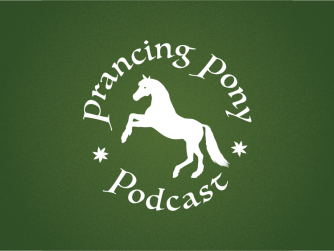There must be some kind of way out of here… and in fact, it’s right down the road to the south, to the side door into Mordor near Minas Ithil (which Gollum doesn’t seem to realize has been renamed under the new management). But it is guarded, of course — and not just by Orcs. We investigate an apparent discrepancy in Gollum’s recollection of where the Silent Watchers actually are, get a description of Sauron’s very physical hand, and feel Gandalf’s mind as it seeks for Frodo. Also, Sam’s pachyderm poem makes Frodo cheer and Gollum fear.
Recommended Reading:
Tolkien, J. R. R. The Two Towers: Being the Second Part of The Lord of the Rings (Mariner Books, paperback) “The Black Gate is Closed”, pp. 627-33
Tolkien, J. R. R. (Christopher Tolkien, ed.) The Silmarillion (Mariner Books, paperback)
Tolkien, J. R. R. Tales from the Perilous Realm (Houghton Mifflin Harcourt, hardcover)
Carpenter, Humphrey, ed. The Letters of J.R.R. Tolkien (Mariner Books, paperback)



In your discussion of “wretch” did you mean to say “depreciation” and not “deprecation”? (I don’t have access to the OED so can’t check it myself…)
Regarding Gollum’s shrewd analysis of Sauron’s plans, could centuries of “possession” of/by The Ring have provided a connection through a process akin to osmosis of an evil kind?
I wanted to thank you for citing Smith of Wootton Major, which is perhaps my favorite non-legendarium work by Tolkien, and one that struck me when I first read it, more than thirty years ago. Ironically, my edition of Smith of Wootton Major (a 1984 printing of the 1969 edition that printed it together with Farmer Giles of Ham), contains a typo in one of the passages that you read: instead of “the elven mariners,” the text of my book reads “the _eleven_ mariners,” and it is accompanied by an illustration of the mariners and their ship by Pauline Baynes, in which there are, indeed, eleven of them.
The discussion of the “El-” element in the names of Elwë’s line (and the “Æthel-”element in Æthelwulf’s) reminded me of the tradition of “generation names” in China, Korea, and Vietnam, in which the names of the members of a given generation within a family line (brothers, sisters, and cousins) all share a common element; this element changes from generation to generation according to a specific pattern, which according to Wikipedia, may be spelled out in a “generation poem.
Kudos for providing an explanation for Dior’s name change, by the way; it is not something I ever considered (or even noticed), but it makes good sense.
“It was romantic and mysterious to stand here in the deep gloom and look out upon the green valley shining in the sun.”
— from The Adventures of Tom Sawyer by Mark Twain, Chapter 29. It describes the entrance of McDougal’s Cave, which is based on a real cave in Missouri. I’m wondering if Tolkien knew this story. Another influence might be the hillside refuge in The Antiquary by Sir Walter Scott (Chapter 21). This novel also includes a rope-rescue, and the title character is a Mr Oldbuck.